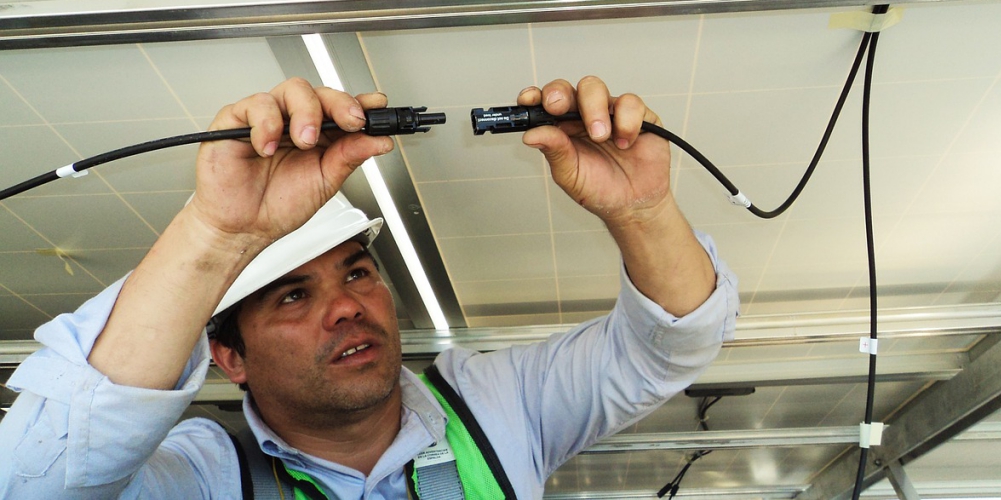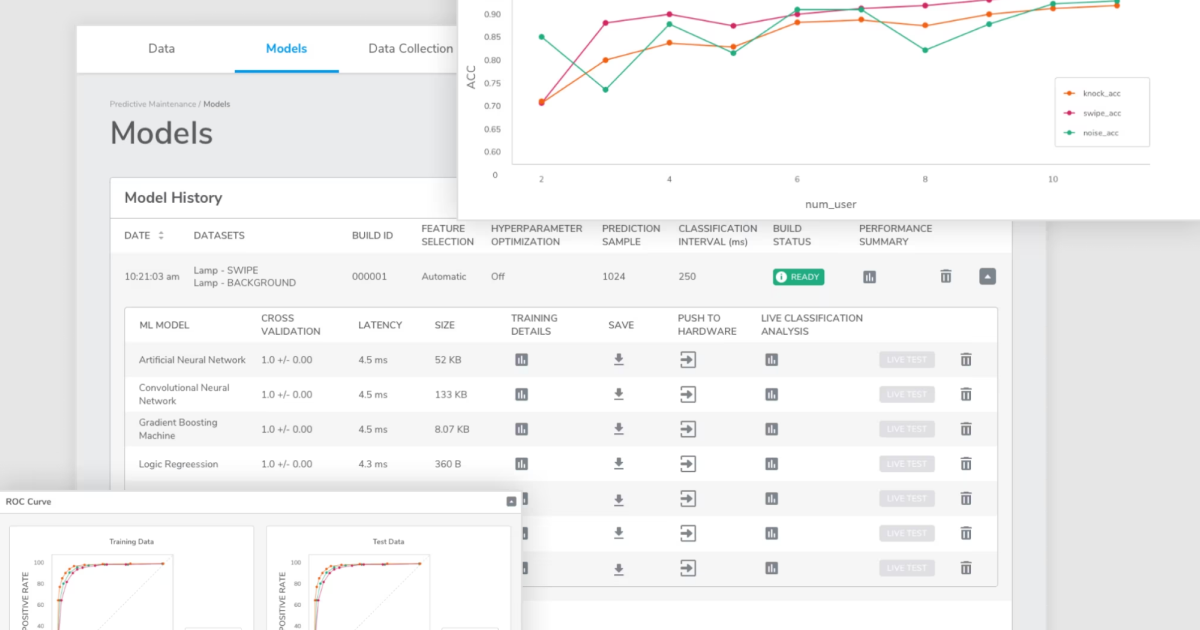
As early as 2006, the Harvard Business Review claimed we were in a “golden age of services,” but made clear that while executives were interested in revenue from aftermarket services, the business systems and firm business cases were lacking. The authors point out the challenges—service revenue and costs for personnel and parts are hard to forecast, and value cannot be created in advance of demand as with manufacturing.
According to IFS Senior Product Evangelist Tom DeVroy, the task of planning for services required during the lifecycle of a product should, today, be largely automated. “Companies should be able to use field service software to automatically generate all planned maintenance as a result of a contract,” he said. “This should include specific model or equipment based tasking, compliance or inspection activity, materials usage, part usage, and performance standards.”
Turning the page on aftermarket service
The degree of sophistication in field service is obviously increasing. In 2017, McKinsey did a great job outlining the process executives must go through in order to identify the aftermarket lifetime value of an OEM sale. Today, many companies in a position to benefit from aftermarket revenue have some form of field service software in place, but still face significant gaps.
A 2018 primary research study found that among 200 trade contractors (including heating, ventilation and air conditioning, electric security and other disciplines), 85 percent have maintenance contracts with customer-specific terms, pricing and service levels. However, only 14 percent said their software facilitated these contracts “very well.”
Technological barriers also prevent full realization of potential revenue from field service. Just 15 percent empower their field technicians to upsell or sell new service contracts and just 25 percent could issue new estimates.
While 89 percent of trade contractors in the study said they use subcontractors, just over 10 percent give their subcontractors a mobile app to tie them seamlessly into their field service management software and value chain.
According to DeVroy, companies using subcontractors “need to manage a skills assessment and control the bid process, work authorization, subcontractor performance, invoice approval, and also not exceed control. Ideally, they want subcontractor invoice approval to be checked against subcontractor reimbursement rates, original order authorization, part reimbursements and returns managed when appropriate. Digital technologies will replace cumbersome methods of subcontractor communications going forward.”
A progressive approach to enterprise technology is crucial, it turns out. Digital Transformation Leaders, executives who said their enterprise software did a good job preparing them for digital transformation—indicated they were much better prepared than Digital Transformation Laggards who said their software prepared them poorly. Leaders were nine times as likely to say their software prepared them very well for service contract administration.
Some service disciplines were beyond the reach of Laggards, who were half as likely to be doing warranty repair work, which requires technicians to determine which work is covered by warranty and which is not and manage the service process accordingly. They were less than half as likely to be involved in reverse logistics, which involves taking repairable parts out of a piece of equipment and returning them to inventory, perhaps to a depot repair environment.
Service contract administration becomes even more challenging when the terms and requirements of a contract are specific to each customer, subject to negotiation. Only 30 percent of Laggards were even offering customer-specific contracts.
This suggests that a strong digital strategy enables a company to adapt to new market and customer demands and profitably deliver aftermarket services that their less progressive competitors cannot.
A bold future
While companies today work on aftermarket customer satisfaction and revenue, more progressive technology is coming. Twenty-five percent of trade contractor executives in the study said in five years, they will have IoT sensors that track component-level performance of products at customer sites in the field, and that these components would be able to dispatch a technician when needed.
Ten years into the future, 44 percent of respondents said they expect to have artificial intelligence in place for predictive maintenance and diagnostics. Perhaps more surprisingly, almost 33 percent said they expect to have 3D printers on technician vehicles to manufacture new parts on-site when needed, expediting the repair process. Thirty percent say technicians will wear augmented reality glasses to give them in-situ instructions on repair and service processes.
Field service is truly transforming before our eyes. And the companies leading this digital transformation charge will be the market winners because they can serve their customers more effectively and profitably.
About the author: IFS Senior Marketing Communications Analyst Charles Rathmann is one of the most prolific authors in the enterprise software industry. He has worked marketing and journalism capacities in technical and engineering disciplines for 30 years. At IFS, he conducts primary research and generates educational tools to help people understand how enterprise resource planning (ERP), enterprise asset management (EAM) and field service management software enable them to keep up with changing market demands and outflank their competitors.
Edited by
Ken Briodagh





